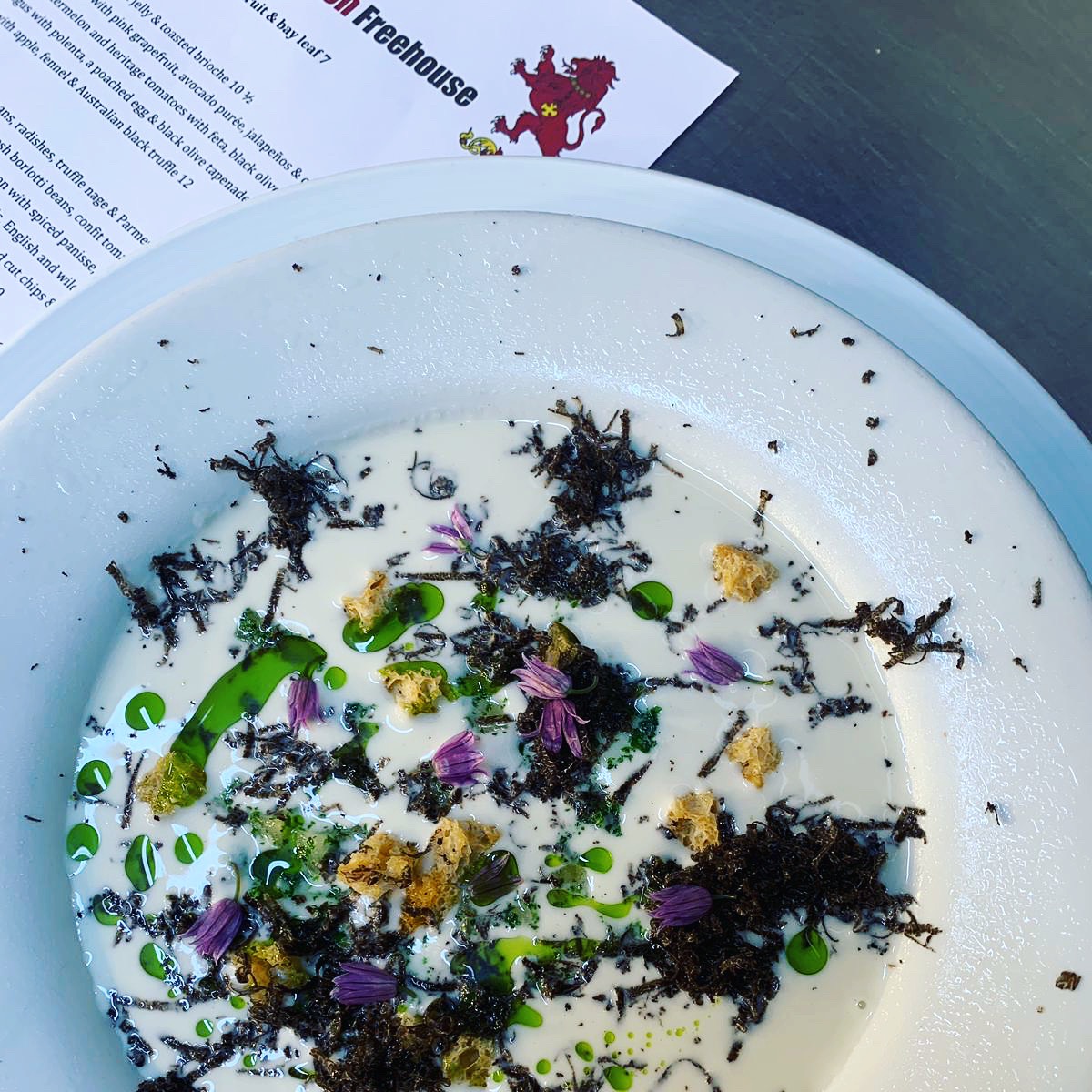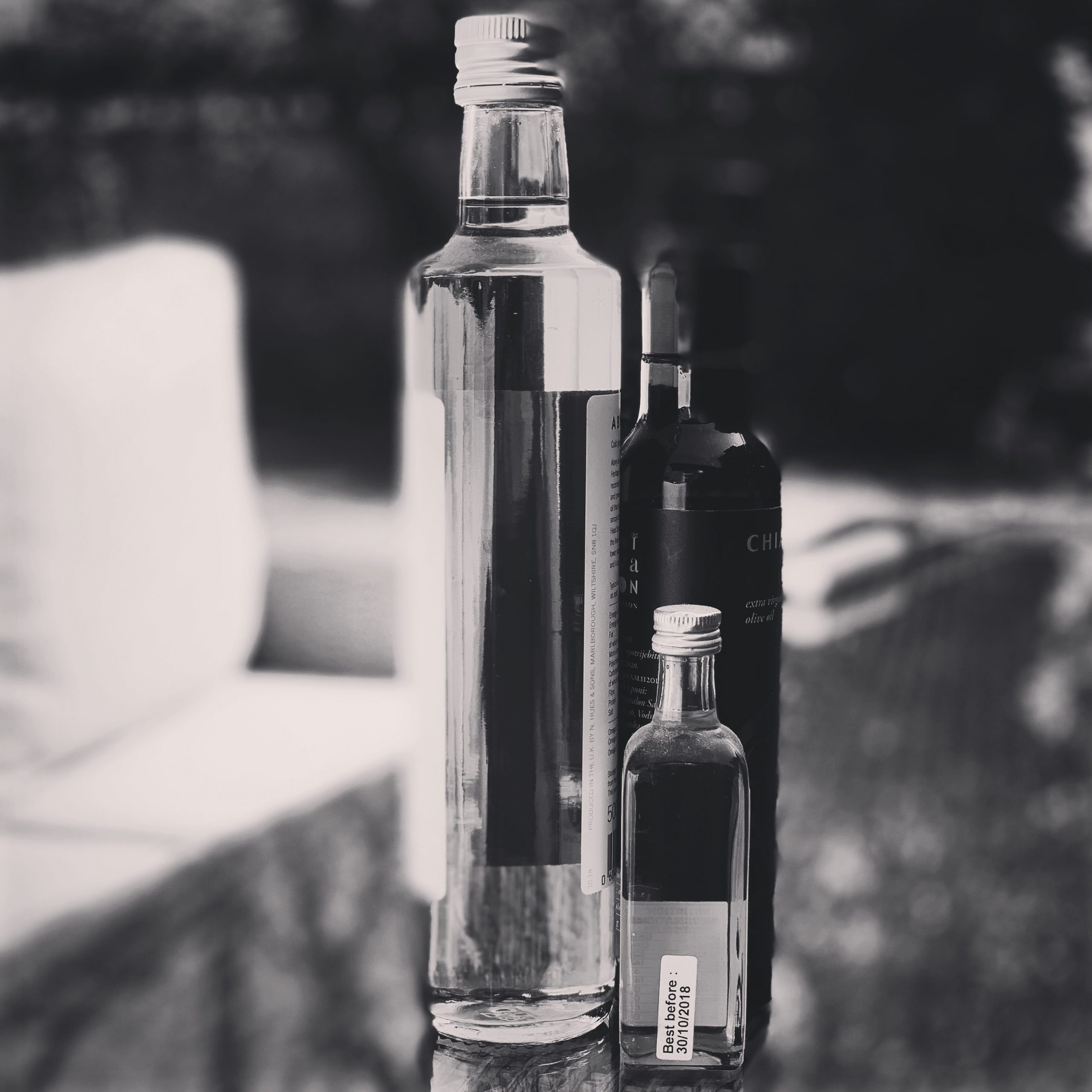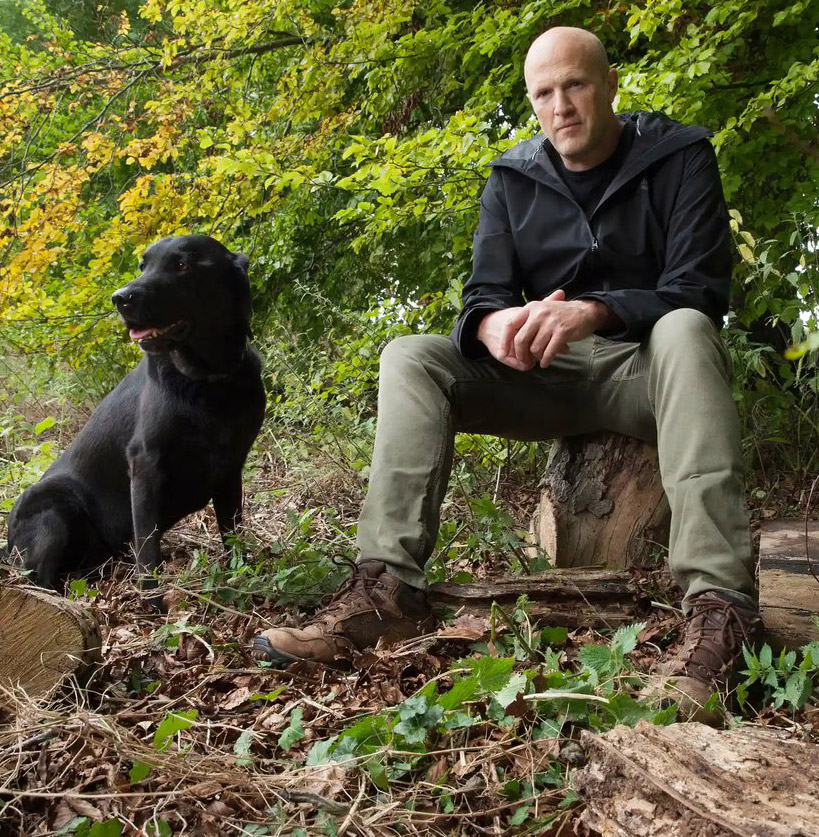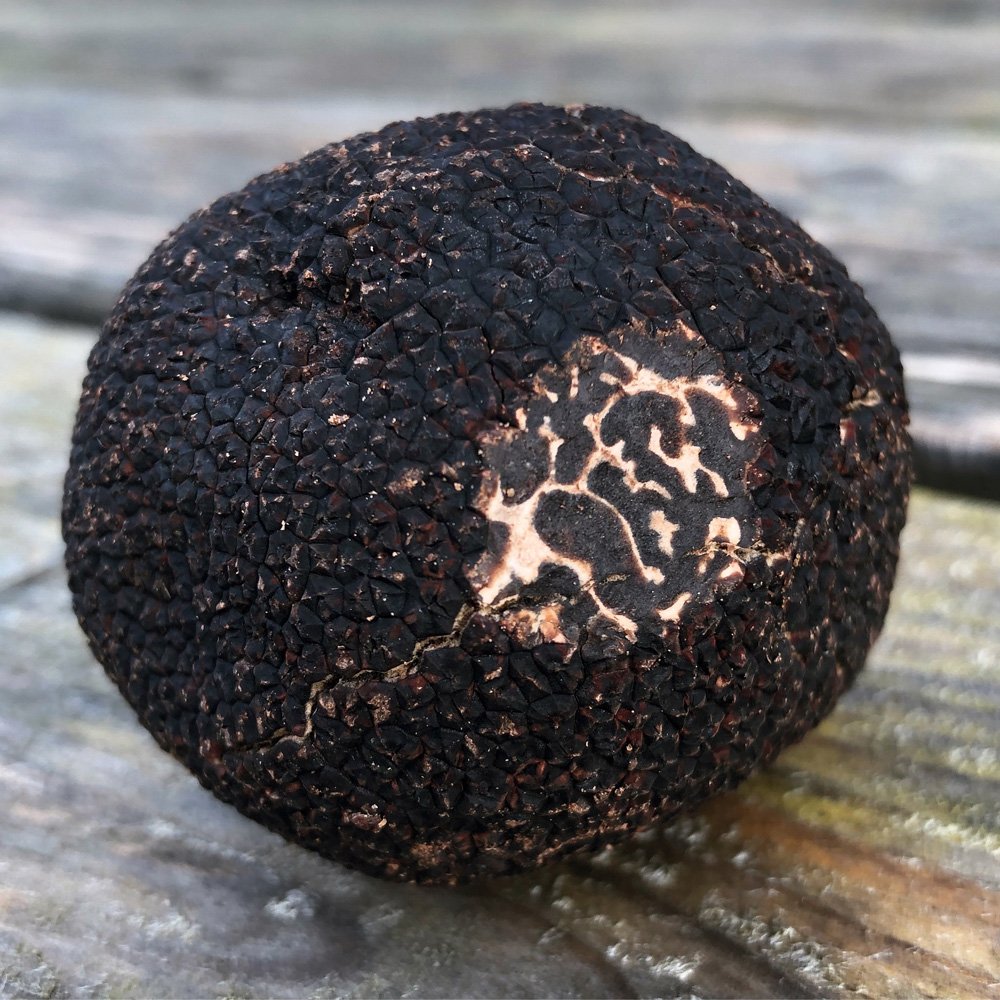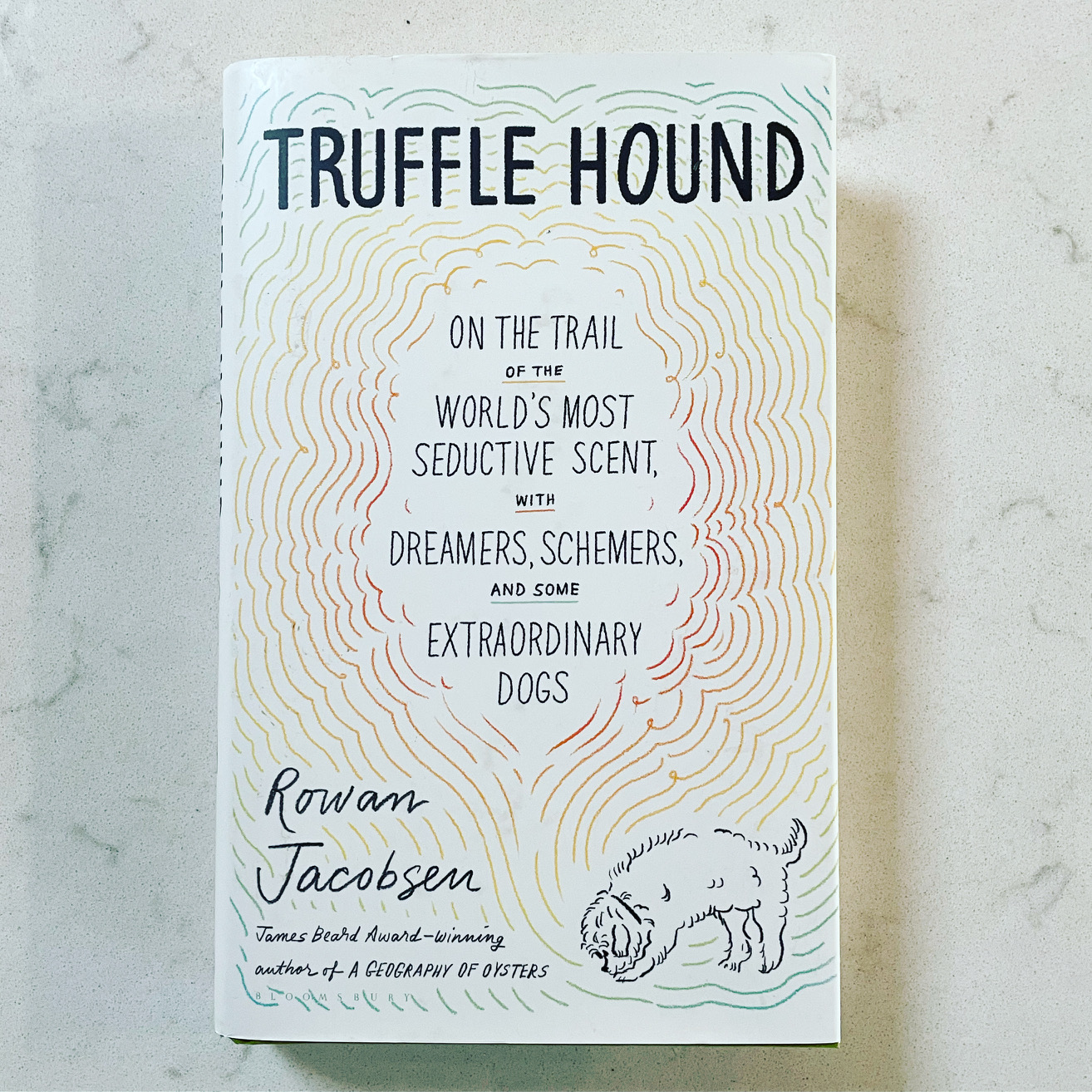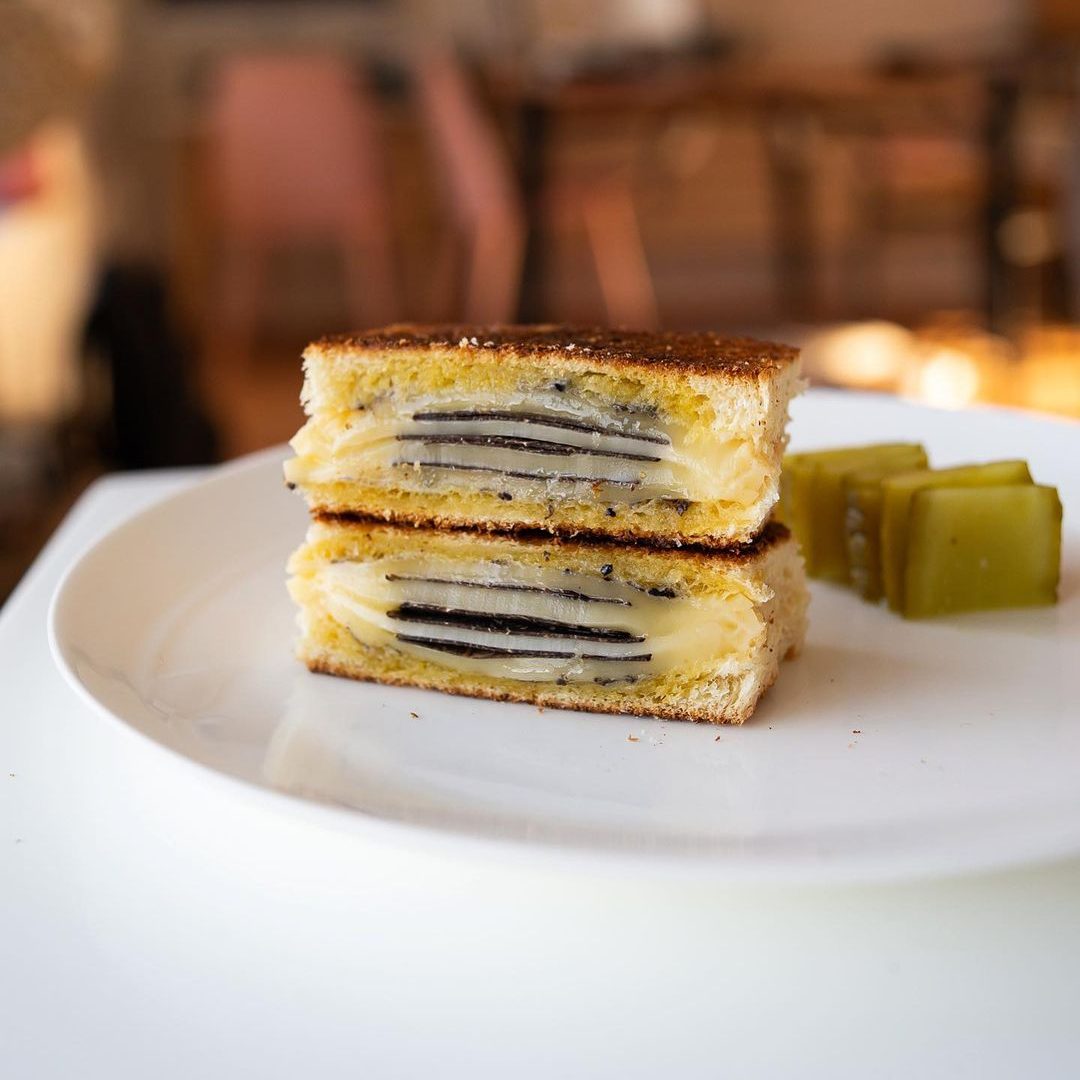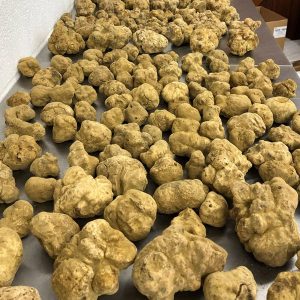
The Truth About White Truffles
Many people still think all white truffles come from Alba, but actually….. none of them do!
A controversial statement? Yes. True? Also yes. Allow me to explain…
Alba is a town in the province of Cuneo, in the region of Piedmonte in north western Italy. Truffles do not grow in towns. So the truth is that no truffles at all come from Alba.
OK so I’m being a bit pedantic. You could say that truffles may not grow in the town but that they grow in the woods all around Alba. Well I’ve been to Alba many times and, if you have too, you’ll know that there are very few trees around Alba. Vineyards, yes. Woodlands, not so much.
Of course, there always have been white truffles found in the wider region of Piedmont, including a very small amount that are hunted quite close to Alba. The world of white truffles is very secretive so there is no way to know exactly how many of Europe’s white truffles come from this region, but my guess would be that it’s much less than 5%.
But “Alba” truffles are the best, right? They’re the ‘proper’ white truffles and the others are ‘fake’… a bit like comparing a bootleg Gucci handbag to the ‘real thing’? Absolutely not.
I’ve been lucky enough to smell and taste a huge number of white truffles. I mean a really huge amount. I obviously couldn’t afford to do so if I didn’t work in the industry, but fortunately I do. I’ve also had the chance to go out hunting them with many of our partners. So I’ve been able to compare white truffles from many different sources.
I’ve had some delicious truffles which were definitely hunted in Piedmonte as I saw them coming out of the ground, but I would say the best Italian white truffle I have ever experienced came from Emilia Romagna, in the hills around Modena. I’ve also had excellent white truffles from Tuscany, Lombardy, Marche, Umbria and Abruzzo.
And the best white truffle I’ve ever had? Very hard to say, as so much of the aroma and flavour that one experiences is influenced by other external factors; but I would say the most incredible truffle I’ve ever held in my hands, smelt and eaten came from either the Croatian peninsular of Istria or from the huge oak forests of Southern Hungary. Or maybe from Serbia. So not from Alba, but also not from Piedmont or even Italy.
We should be very careful about generalizing whole countries, or even regions, for the quality of their truffles. Truffles don’t know where the borders are, and it’s impossible to say that the truffles from any one country are the best. It’s far more localized than that.
As a truffle hunter myself, I know that sometimes the truffles from a particular wood may tend to be better than those from another wood. Or even one small part of a wood which produces better truffles than those from a different part of the same wood.
There are so many factors that influence the quality and aroma of a truffle: the host tree, the soil, the climate, the humidity, the aspect, the time of year – and above all just the random genetic selection of nature in a wild and inconsistent product. An incredible truffle can be found growing right next to an indifferent one.
All truffle varieties vary, but none more so than white truffles. They are hugely influenced by their immediate local environment. Some are underwhelming and disappointing. Others have an intense and wonderful aroma that you will never forget for the rest of your life.
So why are white truffles often still called “Alba” truffles? Well it all goes back to some very clever marketing nearly a century ago, primarily by a man called Giacomo Morra. He promoted the idea of the ‘Alba white truffle’ to a global audience, most famously by sending free truffles as gifts to famous politicians and films stars. So white truffles, which have been growing wild for millennia all across much of Italy and Eastern Europe, became widely known as “Alba” truffles. And the name stuck.
Over the years, many Italian truffle companies have pushed very hard to continue the myth that the best white truffles can only come from Alba, or at least from Italy. But actually white truffles are found growing in a wide band from the south of central Italy right up to the centre of Eastern Europe. Many are hunted in Serbia, Slovenia, Croatia, Hungary, Romania, Albania, Greece, much of Central and Northern Italy, a small part of France and there have even now been reports of findings in Switzerland.
The vast majority of truffles found by hunters in Eastern Europe have, for many decades, been taken across the border into Italy before being sold on as “Italian” truffles. This is a scam that has been going on so long and is very widely known about and understood within the industry.
In the old days the locals in most Eastern European countries placed no value on truffles; in some places it was even illegal to hunt them until very recently. In most Eastern European countries the word for truffles is the Italian one – “tartufi”.
Every autumn Alba hosts its world famous white truffle fair – which runs for six weeks and has hundreds of thousands of visitors from all over the world. During this time many hunters across Italy and Eastern Europe struggle to have enough truffles to go around, as so many are being bought to be sold on at the fair in Alba.
Does anyone really believe, when they think about it, that all those many thousands of truffles being sold on the display tables at the Alba fair, are really all hunted in a few small woods in the province of Cuneo around Alba? Even in seasons, like 2017, when there are hardly any truffles to be found anywhere? It’s mathematically and biologically impossible.
Many Italian truffle companies push very hard that their truffles are “100% Italian”. I have two issues with this. Firstly, there can be no disputing the fact that easily the biggest buyers of Eastern European white truffles are Italian truffle companies; it has always been this way. In the shadowy world of white truffles the true source is almost impossible to verify and there have been many documented and proven cases of fraud by well known Italian truffle companies.
My second problem with the strong promotion of “100% Italian” white truffles is the (incorrect) implication that Italian truffles are always better than those from other countries. As if though a wild truffle found one side of an imaginary line is ‘genuine’, but one found just the other side is somehow lesser or ‘fake’. This is preposterous and completely untrue.
The important thing to remember is that Italian truffles are absolutely not necessarily better than those from other countries. How could the quality and aroma of a wild fungus suddenly change when you cross an imaginary line drawn on a map by humans?
The scams have not been at all about passing an inferior product off as a better one. The reasons for the subterfuge have been entirely related to marketing. The myth of Italian truffles is a strong one, and a slice of ‘la dolce vita’ has long been a romantic ideal that has looked good on menus.
But, thankfully, times are changing. The hunters in other countries are realizing that they can now openly export their truffles direct to the major markets – for example New York, Hong Kong, the Middle East and London. They no longer need to sell them to Italy first.
So, while some still do, a growing proportion of truffles every year are exported direct from the source. This means not only slightly less expensive truffles (as there is no Italian company acting as a middleman and taking a cut), but much fresher (and therefore better) truffles too – freshness is so important with white truffles, much more so than with any other variety.
There is also now a new breed of honest truffle supplier – one that is deeply passionate about high quality truffles, but very keen to tell those that serve and eat their truffles exactly where they have come from. Obviously this is what we do in the U.K., but there are others like us in other countries too. Simultaneously, most chefs want to be proud of their amazing produce and its true origin – and diners want to know exactly what they’re eating.
More and more leading chefs are learning that amazing white truffles can be sourced not only from the area around Alba, but also from many other parts of Italy and from other countries too. The vast majority of these chefs care only about the quality, aroma and freshness of their truffles.
None of the magic of white truffles is lost by knowing where they really come from. The main thing that makes them so utterly wonderful is their aroma; the second factor is their seasonality and rarity, along with the mysterious and exciting way they are hunted. The hunters, truffle dogs, trees, hills, woodlands and traditions of Croatia, Hungary, Serbia and other Eastern European countries are just as magical as their Italian counterparts.
I love Italy. I used to live there, speak basic Italian, have many friends across the country and travel there a few times each year. I also love Italian truffles and will always source some of our white truffles from our trusted long term partners there, as they can be of the most fantastic quality. But we’re also keen to let everyone know that the white truffles from other countries can be just as good, or sometimes even better…

